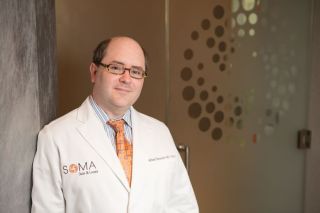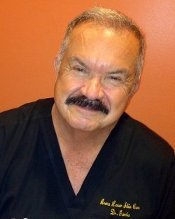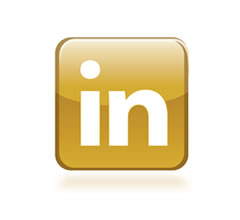 How many New Year’s resolutions do you actually keep past the month of January?
How many New Year’s resolutions do you actually keep past the month of January?
How many ideas do you dismiss because there isn’t enough time. If you are like most of us, “getting more done” is on your list of things to improve in the New Year. Here are great tips from some of the top idea executors out there to help you transform that idea in your head into a reality.
1. Walk before you run. Great ideas usually start as big, blue- sky concepts in our head. The downside to this is that you may not know how or where to start executing. Break your big idea into small, actionable chunks that will move you past the “dreaming” stage. Once you get some initial feedback on your “small” steps, you will feel more confident taking the bigger steps.
2. Find the courage to move. What separates the entrepreneurs and creative professionals from the rest is an innate desire to move forward. Yes, planning is crucial, but don’t fall into analysis paralysis. As soon as you take that first step (applying for a patent, designing a prototype), your momentum will grow. You must challenge yourself to take action sooner rather than later.
3. Try, try and try again. Even the best idea can suck the first time it’s prototyped. Trial and error is a must in the creative process. The important thing is to learn, refine, study and create a new-and-improved version. Rather than getting discouraged by your “failures,” just keep moving. Then build a new prototype. Then do it again. And then one more time if needed until you get it right.
4. Create a routine and stick to it. Part of being able to work on your project a little bit each day is carving out the time to do so. Routines can seem monotonous and uninspiring, but they actually form a strong foundation for creating true insight.
5. Create simple objectives and review them frequently. Working on complicated projects can make it difficult to remain focused on the goal. Lots of new ideas enter the scene and the project’s scope can grow out of control. This phenomenon, called “scope creep” can make it impossible to ever complete anything. The best way to avoid it is to write down a simple goals that summarize your objective at the start of each project. Read it regularly and ask yourself if you are still focused on the original goal.
6. Avoid “out of sight, out of mind”. Whether you are writing a book, developing a new medical instrument or just learning a new skill, it is imperative that you maintain momentum. It’s like exercise; the more you do it, the easier it becomes. The same thing applies to your brain. Just as when you run everyday, the exercise gets easier and easier, the same thing happens with your brain. As Jack Cheng argues in a great blog post, “Thirty Minutes A Day”: “the important thing isn’t how much you do; it’s how often you do it.”
7. Say “no” more often. Be selfish with your energy.
Creative energy is not infinite. Seasoned idea-makers know that they must guard their energy – and their focus – closely. Take author Jim Collins for example. His books Built to Last and Good to Great have sold millions of copies. His business acumen and insights are in demand. Yet, “even though Collins demands over $60,000 per speech, he gives fewer than 18 per year.” More than that and Collins wouldn’t have enough time to focus on the research and writing that yield those bestselling books. The ability to say “no” is an essential part of the productivity process.
The tips here should only be followed as long as they are actually working. If moving forward seems impossible, then take a walk, call a friend, visit a museum. Make sure you occasionally shake up your established routine. New perspective is gained and helps recharge us to keep moving forward.












